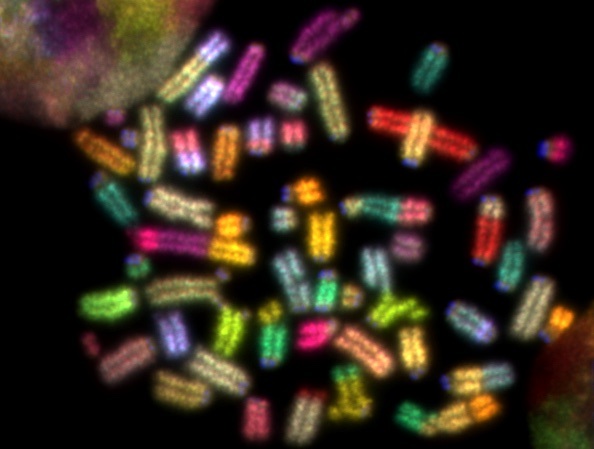A study led by Prof Gabriel Balmus(UK DRI at Cambridge) and Dr David Adams (Wellcome Sanger Institute) has uncovered hundreds of key genes linked to DNA damage, through systematic screening of nearly 1,000 genetically modified mouse lines. The work, published in Nature, provides insights into neurodegenerative diseases, as well as a potential therapeutic avenue in the form of a protein inhibitor.
Prof Gabriel Balmus is an expert in DNA damage and co-lead of the UK DRI DNA Repair research theme, which aims to explore how DNA repair contributes to neurodegeneration and find ways to target these DNA repair pathways for therapeutics.
In the new study, the researchers set out to better understand the biology of cellular health and identify genes key to maintaining genome stability. The team identified 145 genes that play key roles in either increasing or decreasing the formation of abnormal micronuclei structures. These are small abnormal structures, often referred to as "mutation factories," containing misplaced genetic material. Micronuclei indicate genomic instability and DNA damage, common hallmarks of ageing and diseases.


